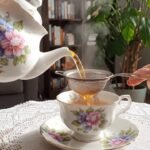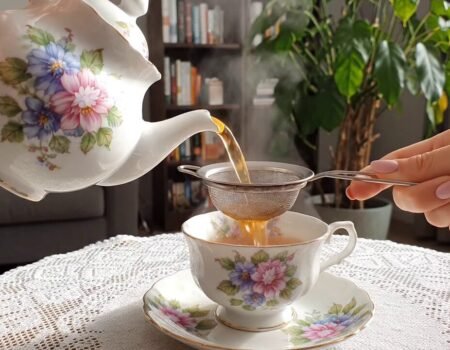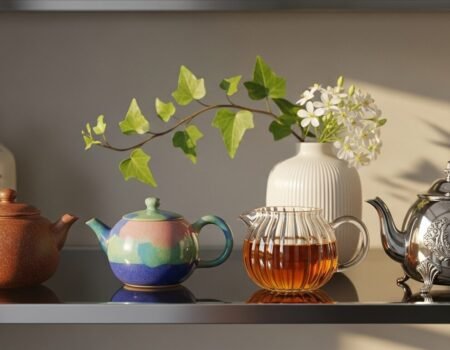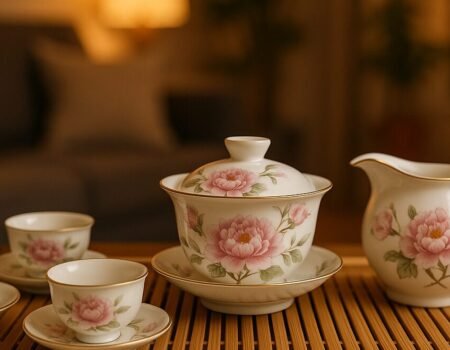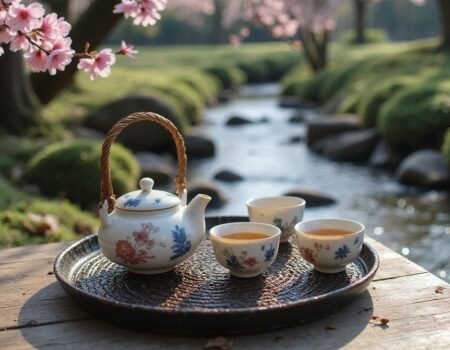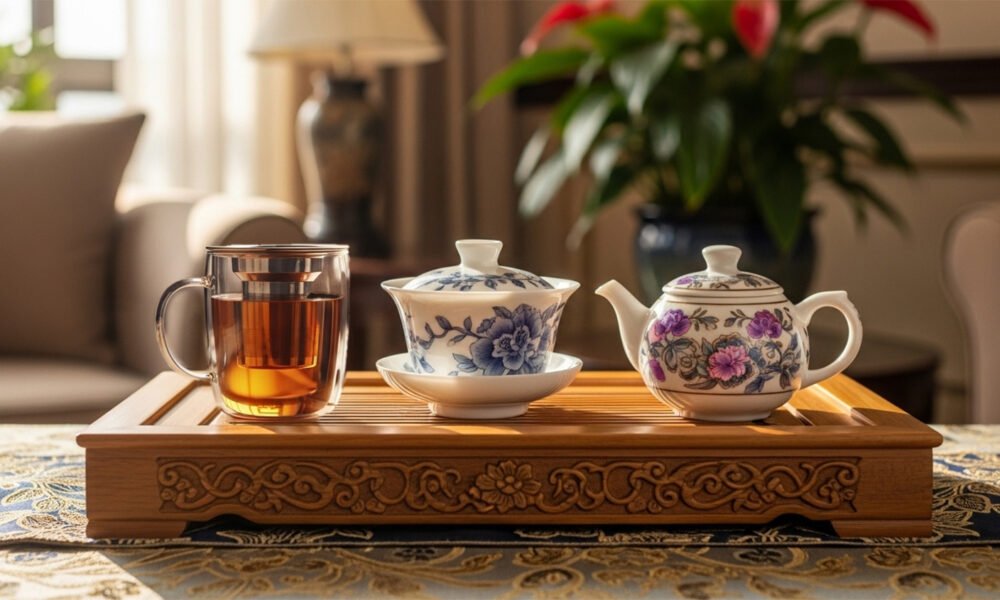
Mastering Tea Brewing Methods: A Guide to Perfecting Your Brew
Index
Index
Tea brewing is a delicate art form dating back over 5,000 years, with methods evolving across cultures and traditions.
This guide will walk you through various tea brewing methods, from gongfu to cold brew, helping you master the art of steeping tea leaves into an amazing drink!
Key Takeaways
- Tea brewing dates back over 5,000 years, with methods evolving across cultures to enhance flavor extraction.
- Gongfu brewing uses a high leaf-to-water ratio (1:15) and short steep times (10-30 seconds) to bring out complex flavors in premium teas.
- Western-style brewing focuses on simplicity with larger teapots that create multiple cups at once, using a longer steep time of 3-5 minutes.
- Japanese tea ceremonies like Senchado and Chanoyu use specialized tools such as kyusu teapots and bamboo whisks to prepare green teas properly.
- Cold brewing creates smoother, less bitter tea with reduced caffeine by steeping leaves in cold water for 6-12 hours.
Gongfu Brewing: The Art of Skillful Infusion
Gongfu brewing transforms tea into an art form through precise control of water, time, and leaf ratio. This Chinese method brings out deep flavors and aromas that simpler brewing styles miss, making it perfect for premium oolongs and pu-erh teas.
Core Principles of the Gongfu Method
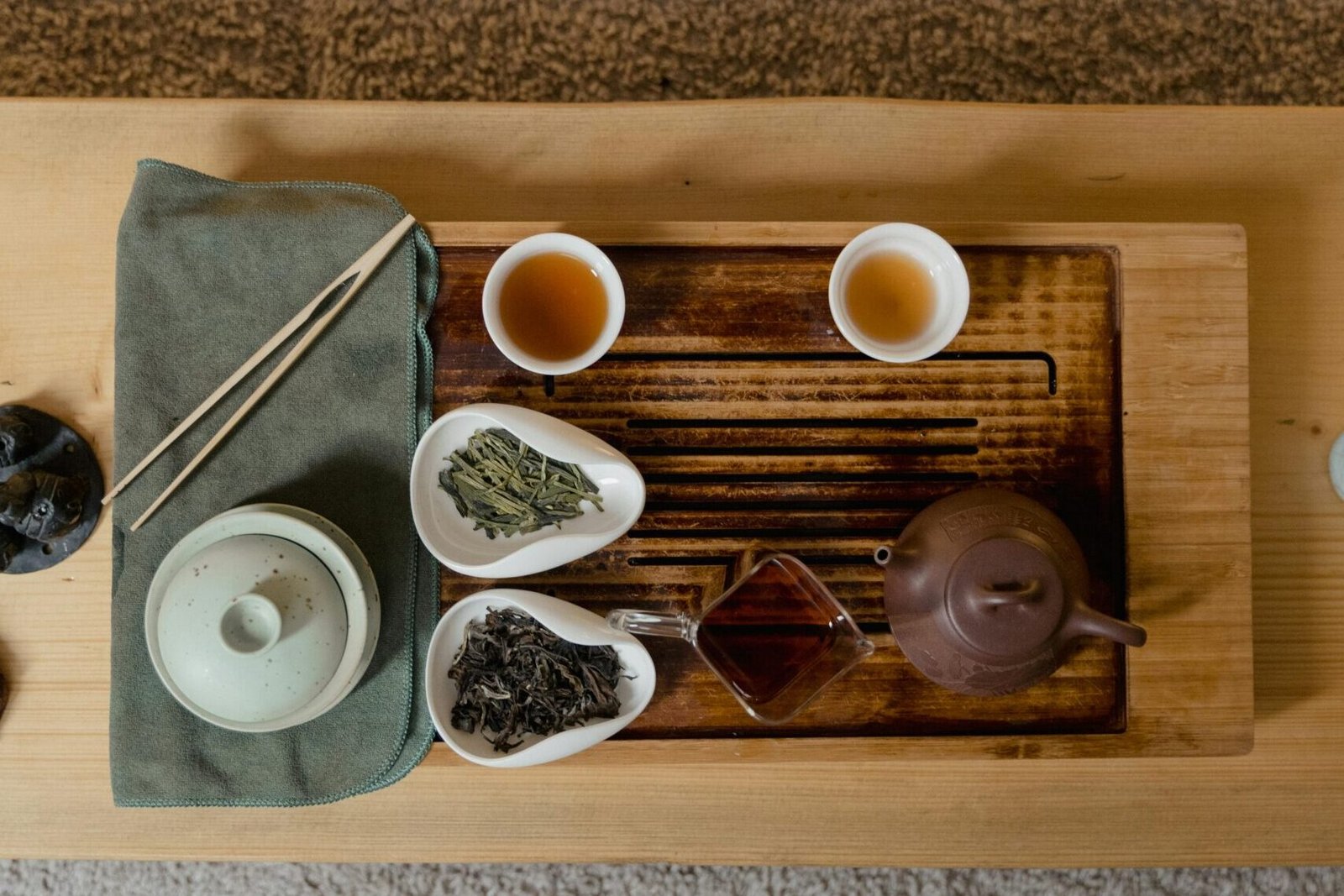
Gongfu brewing centers on four key principles that tea lovers follow to create perfect cups. First, you need a high leaf-to-water ratio—typically 1:15 rather than the 1:50 used in Western brewing.
This concentration allows the full flavor profile to develop across multiple infusions. Second, short steep times of 10-30 seconds prevent bitterness while extracting subtle notes from the leaves.
Third, water temperature must match your tea type, with oolongs and pu-erh teas often brewed at higher temperatures than delicate green teas.
The vessel size matters greatly in this method, with small teapots or gaiwans holding just 100-150ml to maintain heat and flavor intensity. Many tea drinkers practice the “dry” approach where leaves are quickly rinsed before the first proper infusion.
This technique removes dust and “wakes up” the leaves for better extraction. The “wet” approach involves longer pre-soaking to open the leaves fully. Both methods aim to showcase how tea flavors evolve through sequential brews, making each cup a unique experience.
Yixing Teapots in Gongfu Brewing
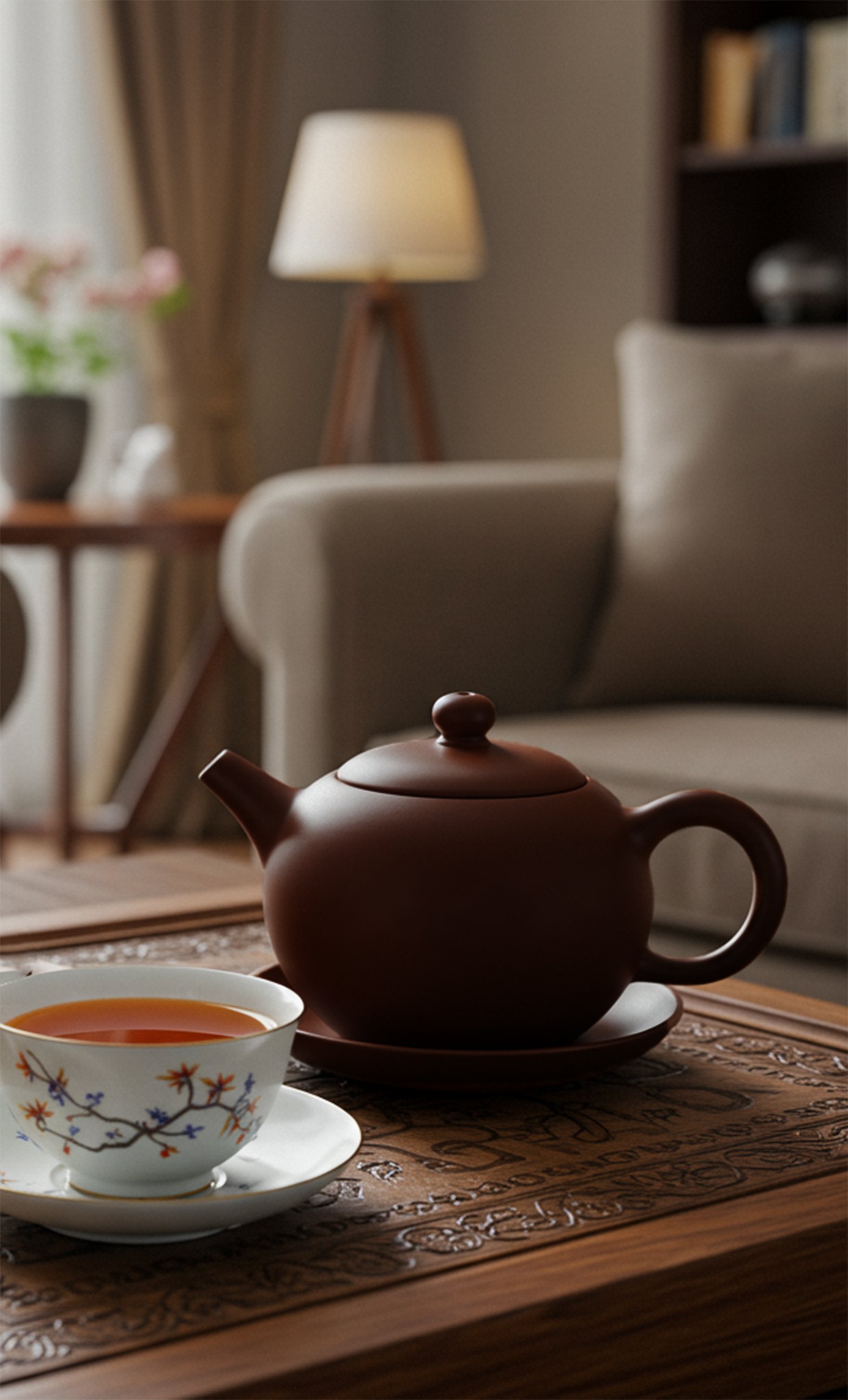
Yixing teapots stand as the crown jewels of gongfu brewing tools. These clay vessels from China’s Jiangsu province date back to the Ming Dynasty and feature unique purple clay that absorbs tea oils over time.
The porous material “seasons” with each brew, making the pot more valuable with use. Tea experts prize these pots for their ability to retain heat and enhance flavor profiles of oolong and pu’er teas.
Many collectors can identify ancient Yixing kilns by examining the clay’s texture and color variations.
Most tea scholars recommend using one Yixing pot for each type of tea leaf to prevent flavor mixing. During hands-on practice sessions, participants learn proper pouring techniques and how to care for these special pots.
A quality Yixing teapot allows the leaves to unfurl fully while the clay brings out deeper notes in the brew. The small size of these pots (typically 100-200ml) makes them perfect for multiple short steeps that extract different flavor layers from whole leaf teas.
Gaiwans: Versatile Vessels for Gongfu
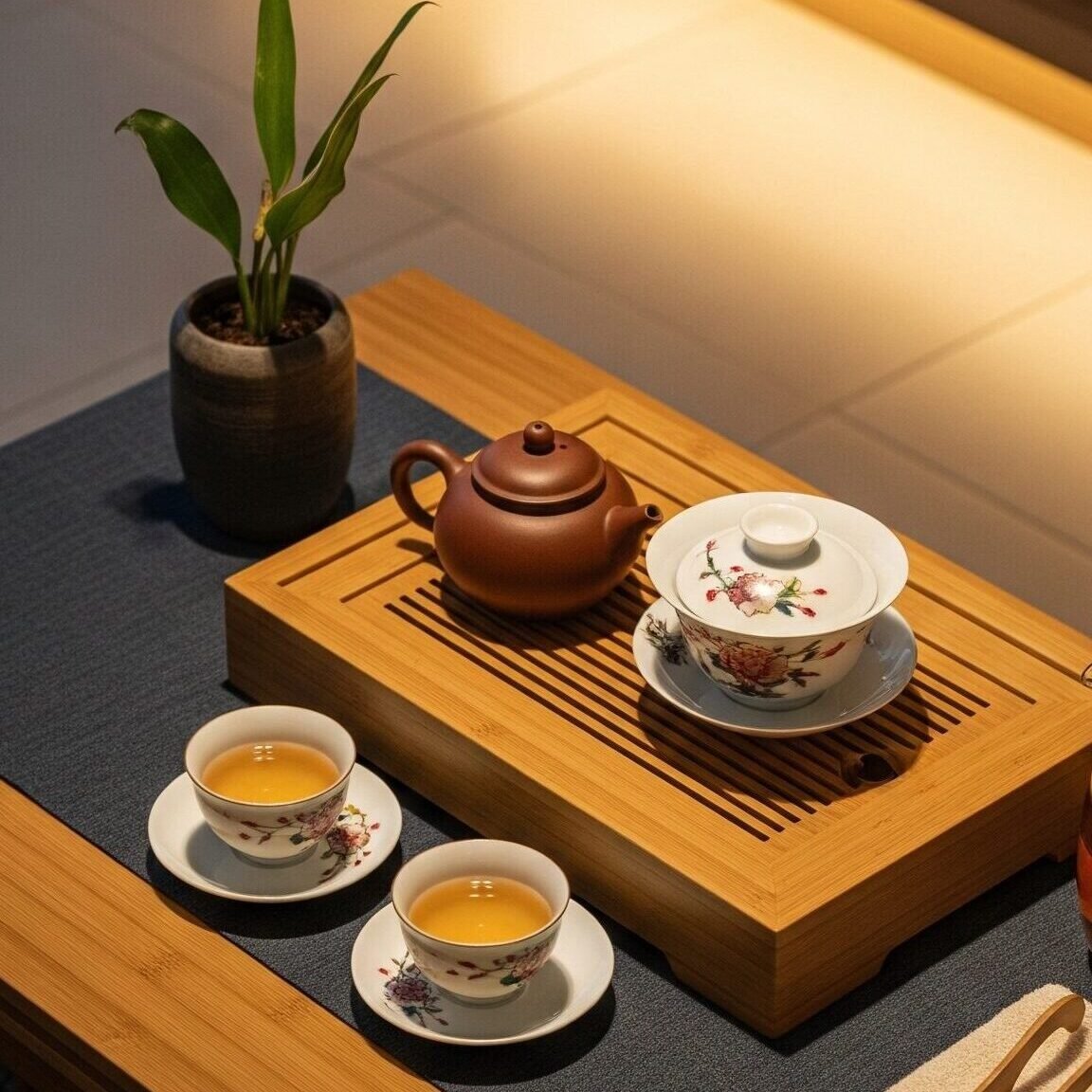
Gaiwans stand as the most adaptable tools in gongfu brewing, dating back to the Ming Dynasty. These simple cups consist of a lid, bowl, and saucer that work together perfectly for brewing loose leaf tea.
The best gaiwans are thin, pure white porcelain that rings like a bell when tapped. Tea lovers prize these vessels because they boost sensory engagement during tea sessions and allow for quick infusions with less water.
Your brewing style changes dramatically with a gaiwan. These cups excel with delicate varieties like green, white, oolong, and post-fermented teas. The thin walls let you feel the temperature, while the wide opening helps you watch the leaves unfurl in hot water.
Many tea enthusiasts start their gongfu journey with a gaiwan before moving to Yixing teapots. Essential supporting teaware complements the gaiwan experience in traditional gongfu service.
Essential Supporting Teaware for Gongfu Service
Gongfu tea brewing requires more than just a teapot or gaiwan to achieve perfect results. The right supporting tools enhance your tea experience and help you master this traditional method with greater precision. The supporting tools are:
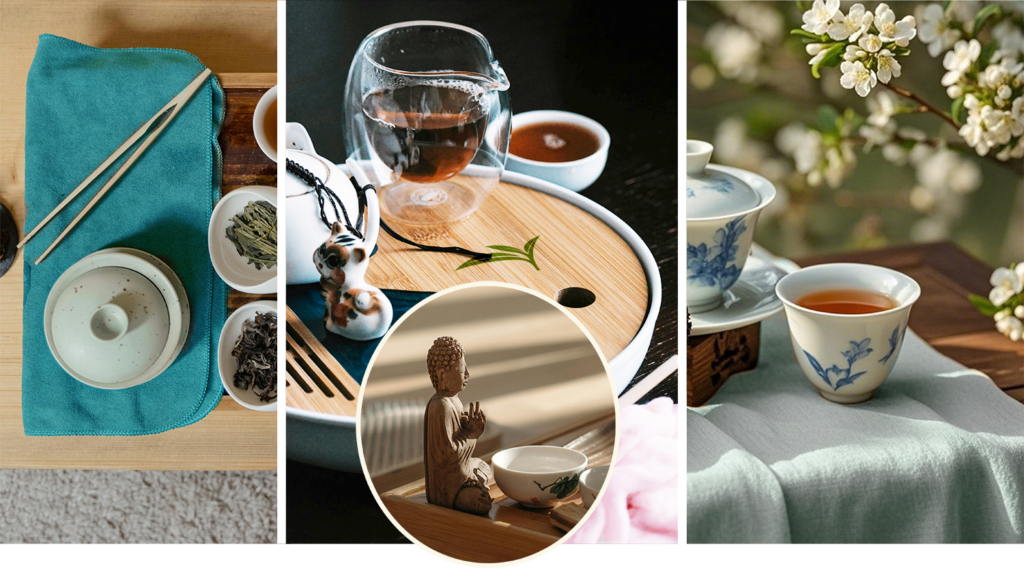
- Tea Tray (Cha Pan) – This wooden, bamboo, or clay platform catches spilled water during the brewing process. Tea trays often feature drainage systems that collect excess water, keeping your space clean while you focus on brewing.
- Fairness Cup (Gong Dao Bei) – This pitcher receives tea from your brewing vessel before serving. It ensures each cup gets tea of equal strength and flavor, solving the problem of uneven extraction.
- Aroma Cups (Wen Xiang Bei) – These tall, narrow vessels capture the fragrance of tea. You smell the empty cup after drinking to experience the tea’s full aromatic profile.
- Tea Pets – Small clay figurines that sit on your tea tray and receive the first rinse of tea. They develop beautiful patinas over time and serve as playful companions during your tea sessions.
- Tea Scoop (Cha Ze) – A small tool made of bamboo, wood, or metal used to measure and transfer dry tea leaves. The proper scoop helps you maintain consistent leaf-to-water ratios.
- Tea Needle (Cha Zhen) – This thin tool clears clogs in teapot spouts and air holes. It prevents brewing problems caused by blocked tea leaves.
- Tea Strainer – A fine mesh filter that catches small leaf particles when pouring. Strainers ensure a clean cup without unwanted tea dust.
- Tea Towels – Soft cloths used to wipe spills, dry teaware, and handle hot vessels. Quality cotton or linen towels protect both your hands and delicate teaware.
- Tea Timer – A small hourglass or digital timer helps track steeping times. Precise timing allows you to control extraction and develop your brewing skills.
- Tea Presentation Tongs – Bamboo or wooden tools for handling cups without touching them. These maintain cleanliness and show respect when serving tea to guests.
Western-Style Brewing: Simplicity and Volume
Western-style brewing offers a simple way to make large amounts of tea with basic tools like teapots and mugs – perfect for daily drinking without the fuss of more complex methods.
Characteristics of Western-Style Tea Preparation
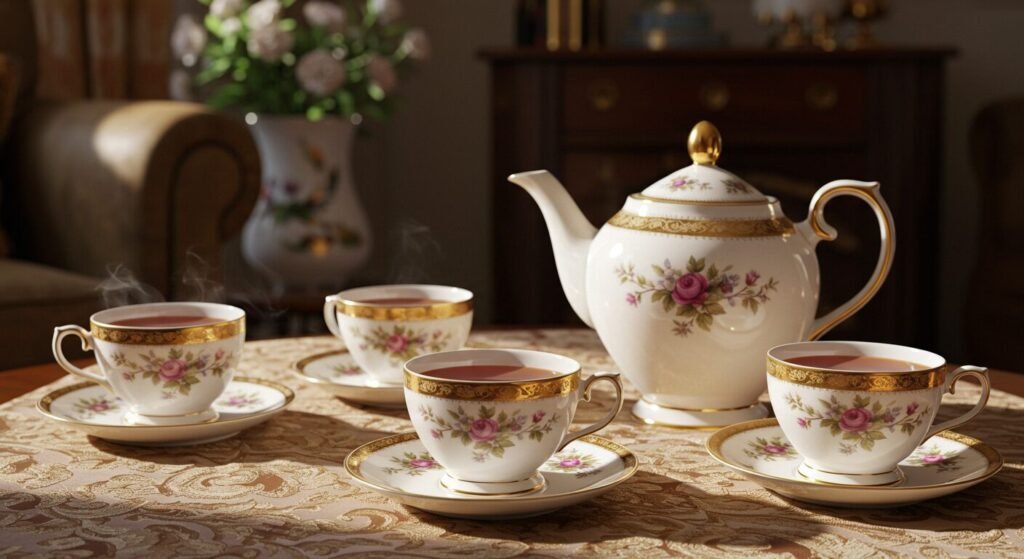
Western-style tea brewing focuses on simplicity and larger serving sizes. This approach uses one main teapot to create multiple cups at once, making it perfect for casual tea drinking or serving guests.
Loose leaf tea works best in this method because it releases more aroma and flavor than standard tea bags. The brewing process requires fewer tools than the detailed Gong Fu Cha technique, which needs several small utensils for proper preparation.
The typical Western setup includes a large teapot or infuser mug that holds 2-4 cups of water. Tea leaves steep directly in hot water for 3-5 minutes before being strained or removed.
This straightforward method suits busy mornings or relaxed afternoons when you want a good cup without complex steps. Many tea drinkers appreciate this style because it balances quality taste with practical convenience.
Common Teaware: Teapots and Infuser Mugs
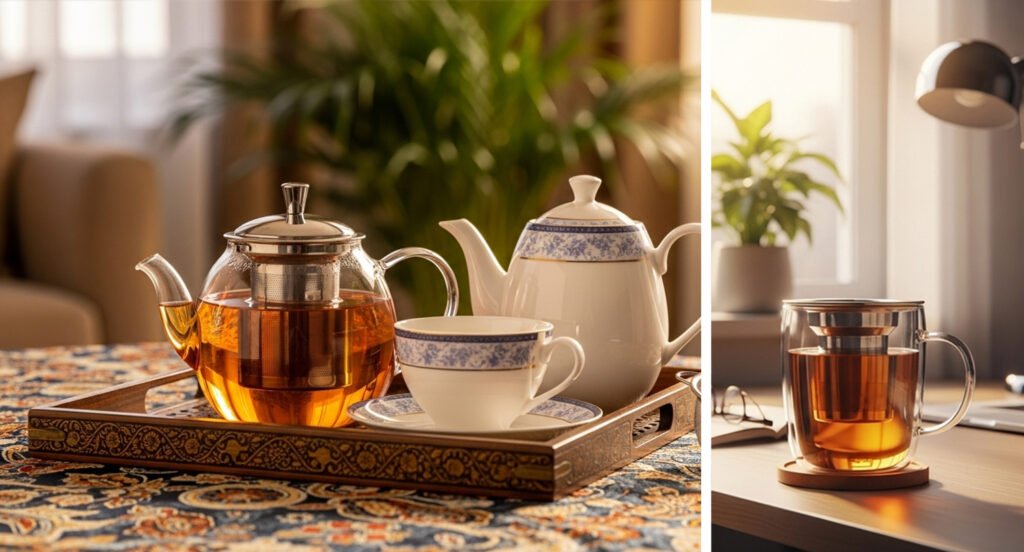
Teapots serve as the cornerstone of Western-style brewing, offering both function and beauty to your tea ritual. Most standard teapots hold 2-4 cups of tea, making them perfect for serving multiple people or enjoying several cups yourself.
Glass and ceramic pots work well for most tea types, while cast iron models retain heat longer for black teas. High-quality teapots provide adequate space for tea leaves to expand fully, which creates better flavor extraction.
Infuser mugs offer the simplest solution for brewing loose leaf tea with minimal fuss. These convenient vessels combine a cup with a removable basket that holds tea leaves while they steep.
The best infuser baskets are made of fine mesh and provide ample room for tea expansion. Many tea enthusiasts start their journey with this basic setup before exploring more specialized equipment.
Japanese brewing methods offer another fascinating approach to tea preparation with their own unique teaware traditions.
Japanese Brewing Methods and Teaware
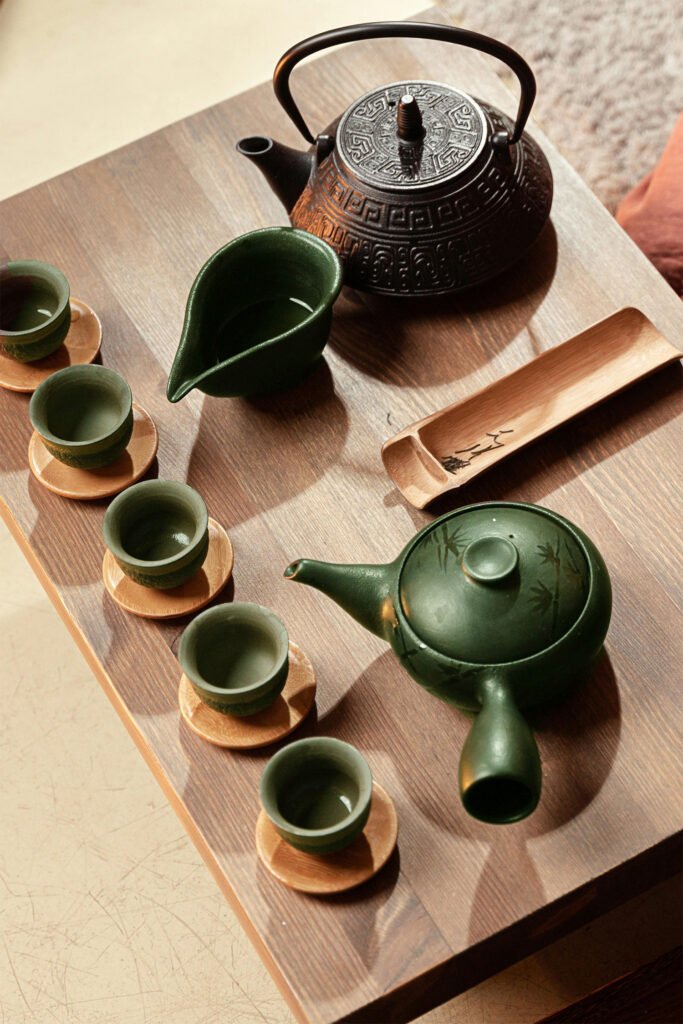
Japanese tea brewing methods like Senchado and Chanoyu each use special tools that bring out unique flavors in green teas – learn how these ancient techniques can transform your daily cup!
Senchado Method and Key Teaware (Kyusu, Yuzamashi)
The Japanese tea ceremony known as Senchado focuses on brewing sencha, Japan’s most popular green tea. Sencha leaves undergo steaming right after harvest to stop oxidation, which keeps their bright green color and fresh taste.
Essential Sencha Equipment
- Kyusu Teapot – The cornerstone of sencha brewing, these side-handled vessels offer precise control during pouring. Tokoname clay kyusu ranks among the most valued, as its porous structure enhances tea flavor while maintaining ideal heat. The built-in mesh strainer catches even the finest leaf particles.
- Yuzamashi (Water Cooler) – This specialized pitcher cools boiling water to sencha’s optimal temperature range. You’ll appreciate how its wide mouth releases excess heat quickly and evenly. We consider this tool essential for achieving sencha’s signature sweetness without astringency.
- Yunomi Teacups – These smaller cups concentrate sencha’s delicate aromas better than Western-style mugs. Their modest size encourages mindful sipping and allows the tea to stay warm throughout enjoyment. Traditional shapes fit comfortably in both hands for warmth and appreciation.
Temperature & Timing Parameters
- Water Temperature – Heat your water to 160-180°F (70-82°C) for optimal extraction. Boiling water scorches sencha’s delicate compounds, creating unwanted bitterness. You can achieve perfect temperature by letting boiled water rest for 2-3 minutes or using a yuzamashi.
- Leaf-to-Water Ratio – Measure approximately 1 gram of sencha per 1 ounce (30ml) of water. This proportion yields a balanced cup highlighting both umami sweetness and refreshing astringency. We suggest adjusting slightly based on your preferred intensity.
- Steeping Duration – Limit your first infusion to 1-2 minutes maximum. Sencha releases its best flavors quickly, and extended steeping brings out harsh notes. Second infusions need only 30-45 seconds due to opened leaves.
Brewing & Serving Technique
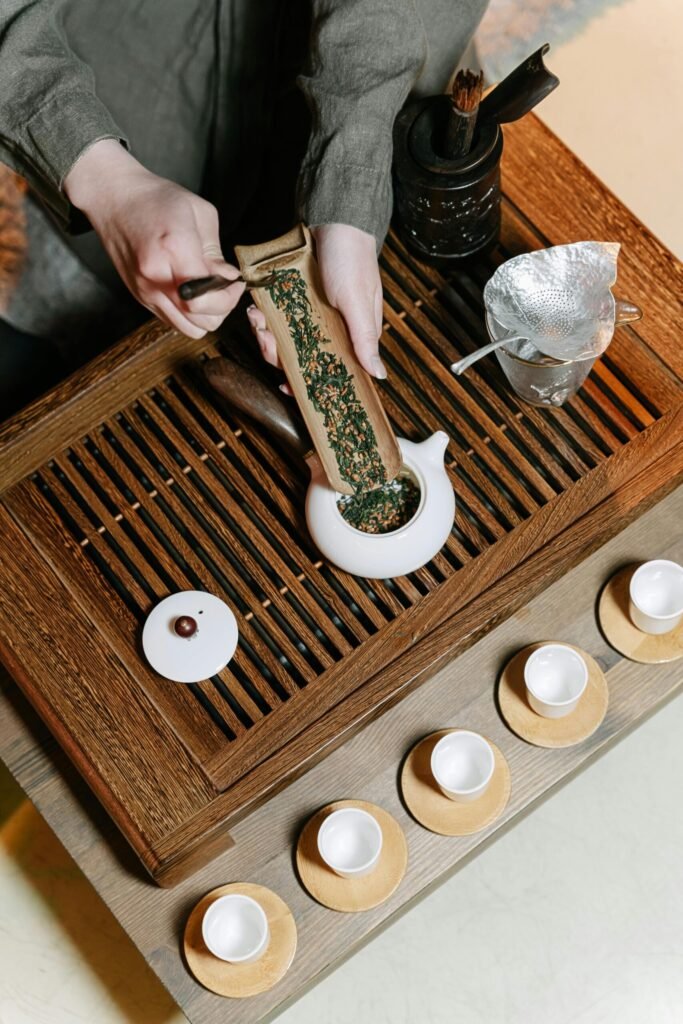
- Complete Extraction – Pour every drop from your kyusu to prevent leaves from continuing to steep. The final drops contain concentrated flavor compounds that balance the entire cup. You’ll notice how this practice preserves leaf quality for subsequent infusions.
- Rotation Pour Method – Move between cups in a circular pattern when serving multiple people. This technique ensures each cup receives tea of equal strength and flavor. Pour in small amounts, rotating until all cups are filled evenly.
- Multiple Infusions – Sencha leaves yield 2-3 flavorful infusions, each revealing different characteristics. Your first steep highlights fresh grassiness, while later infusions bring out deeper vegetal notes. We find the second infusion often tastes sweetest.
Seasonal & Advanced Considerations
- Seasonal Adjustments – Adapt your brewing parameters throughout the year to match sencha’s changing profile. Spring harvests taste best with cooler water (160°F / 70°C), while autumn senchas handle slightly higher temperatures. You’ll develop intuition for these adjustments with practice.
- Clay Seasoning Effects – Unglazed Tokoname kyusu gradually absorbs tea oils, enhancing flavor over time. This natural seasoning process creates a partnership between vessel and tea. We recommend dedicating specific kyusu to sencha for best results.
Chanoyu Method and Essential Tools (Chawan, Chasen, Chashaku)
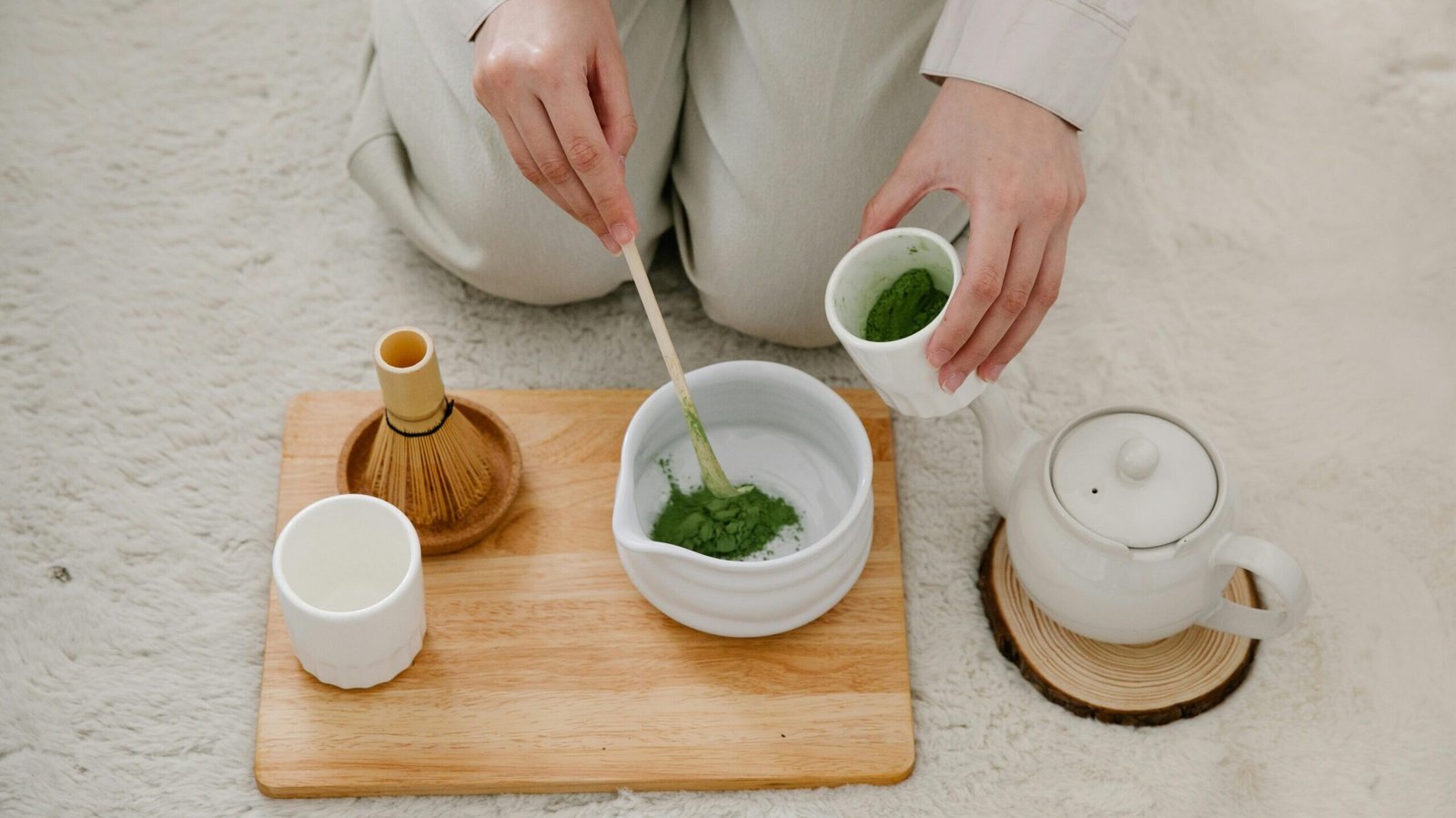
The Japanese tea ceremony, chanoyu, represents a deep cultural practice centered on preparing and serving matcha. This ritual requires specific tools that each serve vital roles in the ceremonial preparation of powdered green tea:
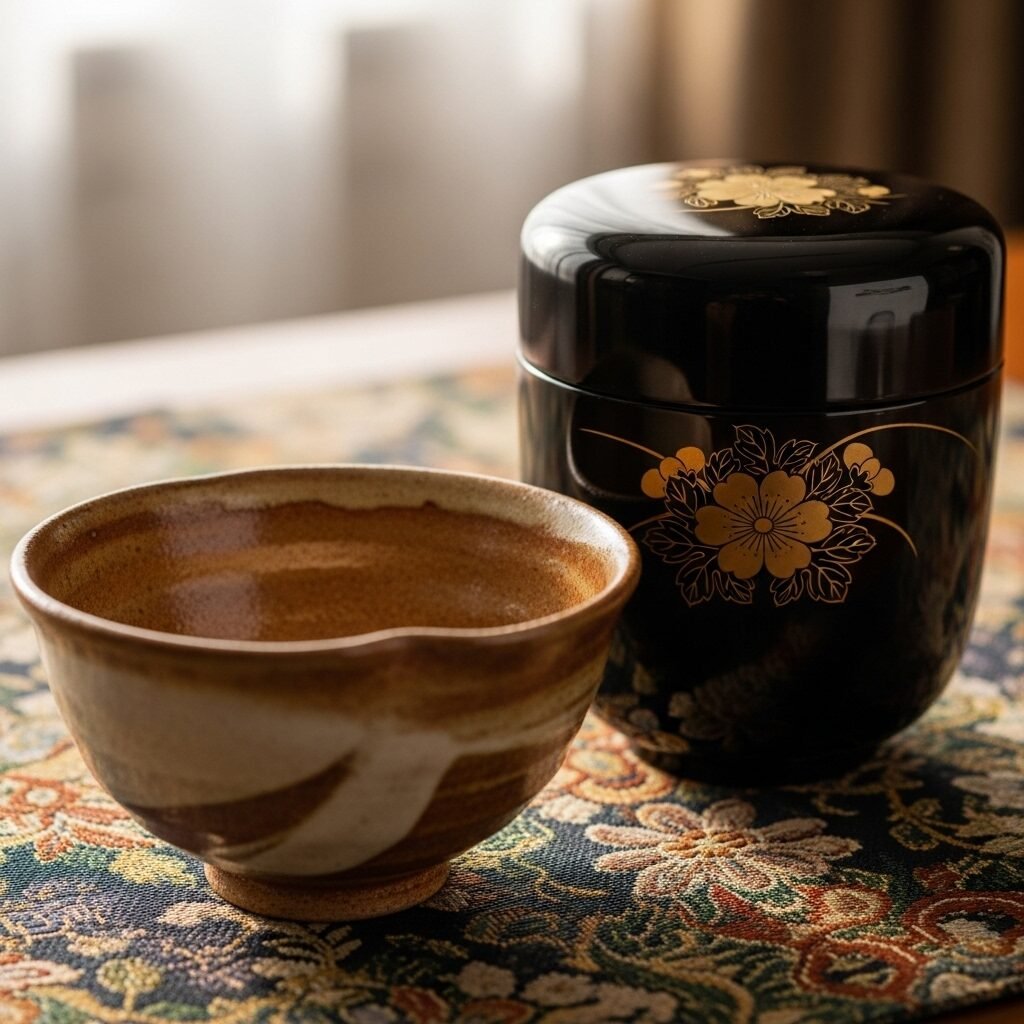
- Chawan (tea bowl) serves as the vessel for mixing and drinking matcha, often handcrafted with unique glazes that reflect seasonal themes.
- Chasen (bamboo whisk) helps create the perfect frothy texture in matcha and is crafted from a single bamboo piece split into delicate tines.
- Chashaku (bamboo scoop) measures the precise amount of matcha powder needed for each serving, typically made from aged bamboo.
- Kama (iron kettle) heats water to the ideal temperature for brewing matcha, usually placed over charcoal in traditional settings.
- Hishaku (bamboo ladle) transfers hot water from the kama to other vessels during the ceremony.
- Mizusashi (water container) holds fresh water used throughout the tea preparation process.
- Kensui (waste water container) collects used water during the ceremony, maintaining cleanliness in the tea space.
- Fukusa (silk cloth) allows the host to clean utensils before guests arrive and during the ceremony.
- Natsume (tea caddy) stores the matcha powder until it’s ready to use in the ceremony.
- Tatami mats provide the traditional flooring where guests kneel during the tea ceremony.
- Chakin (linen cloth) helps wipe and clean the tea bowl before and after use.
Ceremonial movements follow strict patterns that vary based on season, occasion, and school of tea practice.
Cold Brew Method: A Different Approach to Extraction
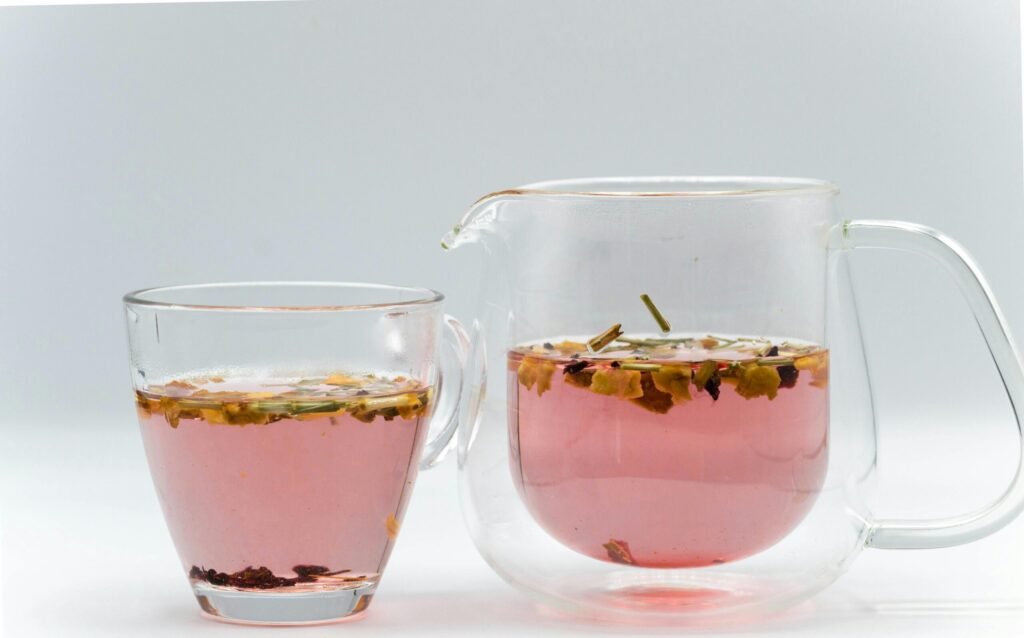
Cold brewing offers a gentle extraction process that pulls out sweet, smooth flavors without the bitterness that hot water can create – discover how this simple method transforms your favorite teas with just a container, cool water, and patience.
Understanding the Cold Brew Process
Cold brewing offers a gentle approach to tea extraction that differs greatly from hot methods. You simply place tea leaves in room temperature or cold water and let them steep for 6-12 hours in your refrigerator.
This slow process pulls fewer catechins from the leaves, creating a smoother, less astringent cup with reduced bitterness. Many tea lovers appreciate that cold brew tea contains less caffeine while preserving more antioxidants than hot-brewed versions.
The beauty of this method lies in its simplicity and flexibility. Any container works well—a French press, mason jar, or dedicated cold brew pitcher will do the job perfectly. After steeping, strain the leaves using a fine sieve or coffee filter to remove particles.
The resulting brew stays fresh for several days, making it an excellent option for busy tea drinkers who want to prepare batches ahead of time.
Suitable Teaware for Cold Brewing
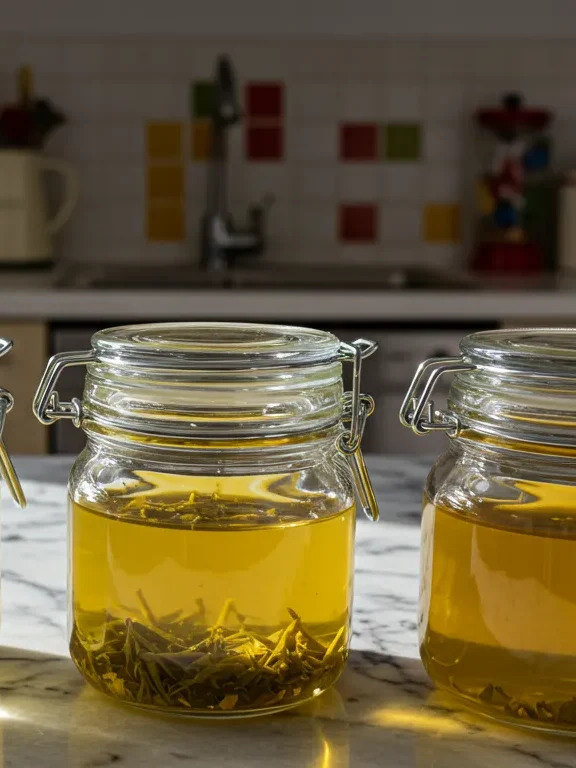
Glass or ceramic vessels work best for cold brewing tea because they don’t react with tea acids or absorb flavors. A special cold brew pitcher makes the process simple with its built-in filter that keeps tea leaves separate from water.
Many tea lovers avoid plastic containers since they can retain odors and alter the pure taste of cold-brewed tea. For best results, choose a container with a tight-fitting lid to protect your brew from refrigerator odors during the long steeping process.
Your cold brew setup doesn’t need to be fancy. A mason jar with a strainer works just as well as specialized equipment for making delicious iced tea. The key lies in using quality loose leaf tea rather than tea bags, which allows water to fully circulate around the leaves during the brewing period.
This method extracts different flavor compounds than hot brewing, creating a smoother, less bitter cup. Now let’s explore the conclusion of our tea brewing journey.
Conclusion
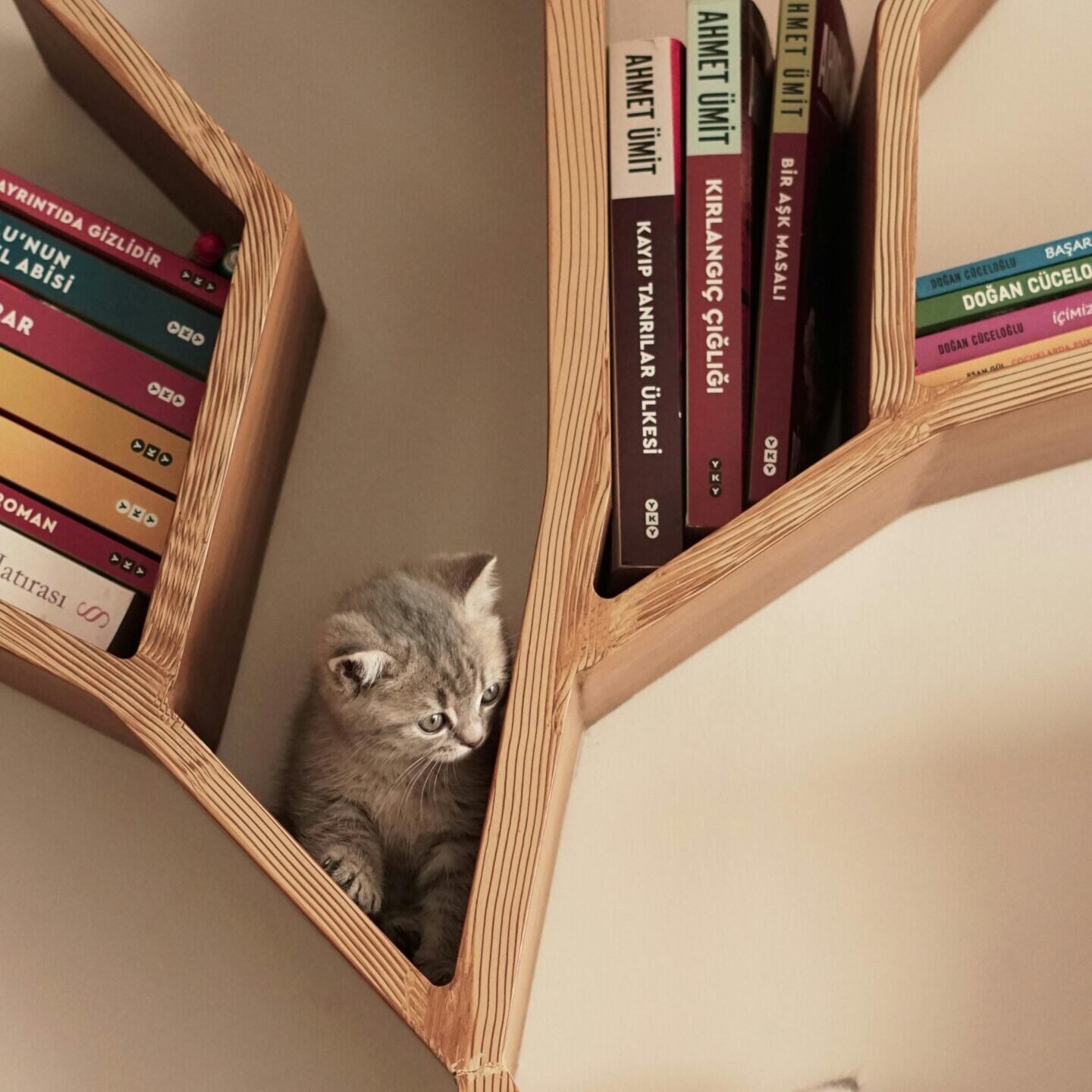
Tea brewing transforms from mystery to mastery with practice and patience. Each method offers unique benefits: Gongfu brings depth, Western-style delivers convenience, Japanese techniques honor tradition, and cold brew creates smooth refreshment.
Your perfect cup waits at the crossroads of quality leaves, proper water temperature, and your preferred brewing style. Try different approaches with your favorite teas to discover what delights your taste buds most.
The journey to tea excellence never truly ends—it simply steeps into new adventures with every cup you prepare.
FAQs
1. How much tea should I use when brewing loose leaf tea?
For a delicious cup of tea, use about one teaspoon of tea leaves per 8 ounces of water. Different teas may need more or less, so check the package instructions. White tea and oolong tea often need a bit more than black tea.
2. What is the best way to steep loose-leaf tea?
Pour hot water over tea leaves and let them steep for the right amount of time. You can use a tea ball, infuser, or put leaves directly in your pot or cup. Remove the tea leaves when done to avoid a bitter taste.
3. Can I make iced tea using hot brewing methods?
Yes! Brew your tea with hot water but make it stronger than usual. Let it cool down and then pour over ice. This method creates a more flavorful iced tea than cold brewing but takes less time.
4. How long should I steep herbal tea or tisanes?
Herbal infusions usually need 5-7 minutes to release their full flavor. Roots and spices might need up to 10 minutes, while delicate herbs require less time. The longer steep allows the water to extract all the beneficial compounds.
5. What’s the difference between brewing tea in a teabag versus loose leaves?
Loose leaf tea often tastes better because the leaves have room to expand fully in water. Teabags are convenient but contain smaller pieces that can release flavors too quickly. Many tea lovers find the ritual of preparing loose tea adds to their enjoyment.
6. How do I make cold brew tea?
Place tea leaves in cold water and let them sit in the refrigerator for several hours or overnight. Use about 1.5 times the amount of tea you would for hot brewing. Cold brewing creates a smooth, less bitter drink that many find refreshing.
References
- https://inpursuitoftea.com/blogs/the-ipot-journal/gong-fu-tea-ceremony (2024-07-26)
- https://www.meimeitea.com/products/gongfu-brewing-fundamentals-gaiwan-and-yixing-teapots-gongfu-brewing-technique?srsltid=AfmBOooQMClIGJeV8VfMsS6hhzooJYOhyMX2hSWlv24km2CObginaWvu
- https://thechineseteashop.com/pages/gong-fu-cha-the-complete-guide-to-making-chinese-tea
- https://spirittea.co/blogs/news/brewing-guide-introduction-to-gaiwans?srsltid=AfmBOor8CVvQ8rzYgPogPyJugYLlmxJOxFFlo101pF0aE5TV1fVcsR2m
- https://tea-enthusiasts.com/blogs/master-the-art-of-gong-fu-tea-brewing-a-beginners-guide?srsltid=AfmBOoqKPi-B_7cHU-Yes9GoWn9wFs1UiqRaD4-_w4urVyLU9QygrIdu
- https://www.cnteaspirit.com/master-the-art-of-gong-fu-tea-brewing-step-by-step-guide/?srsltid=AfmBOopifYH8lxaUITrEsY9m9PabKlqItfBDV3f69emQzZBLgS_RKUzf
- https://pathofcha.com/pages/how-to-brew-tea-western-style-video-step-by-step-instructions?srsltid=AfmBOor3WESs52enYQb1tdptVf7HoW8Zqpfo0VhZWVUPdSwT25wDQWQW
- https://maryannrollano.substack.com/p/how-to-brew-tea-perfectly-every-time
- https://inpursuitoftea.com/blogs/the-ipot-journal/best-tea-tools-teaware
- https://taooftea.com/sencha-brewing/ (2015-12-15)
- https://senbirdtea.com/blogs/teaware/how-to-use-a-kyusu-or-traditional-japanese-teapot?srsltid=AfmBOop9nCn2jY5XwsY2kDDvXPUn3tbyxid0FeRxt1VIyq0ynGGQSTwU (2020-07-21)
- https://www.tezumi.com/blogs/tezumi-insights/introductory-guide-to-tea-ceremony-utensils?srsltid=AfmBOoo_cQ4_mxhqpVsmBcDVTKZfTM5GZXQaLD6S5MpEiT8N_vWOZHdF
- https://pathofcha.com/blogs/all-about-tea/matcha-bamboo-whisk-chasen-as-part-of-the-japanese-tea-set?srsltid=AfmBOopqIdAyNv6Vj3oiE5i2ShB-lqThnNxvQ1tChCm40fY1n4_Ewzhw
- https://www.seriouseats.com/guide-to-cold-brew-5196803
- https://teatsy.com/blogs/blog/how-to-cold-brew-tea?srsltid=AfmBOopOhob5CRDx5GDzhmT1vAWrZED_hvUuWX2Y_Yxdj4mw0ExCNhL2 (2024-06-12)
- https://www.royalny.com/how-to-cold-brew-tea/

